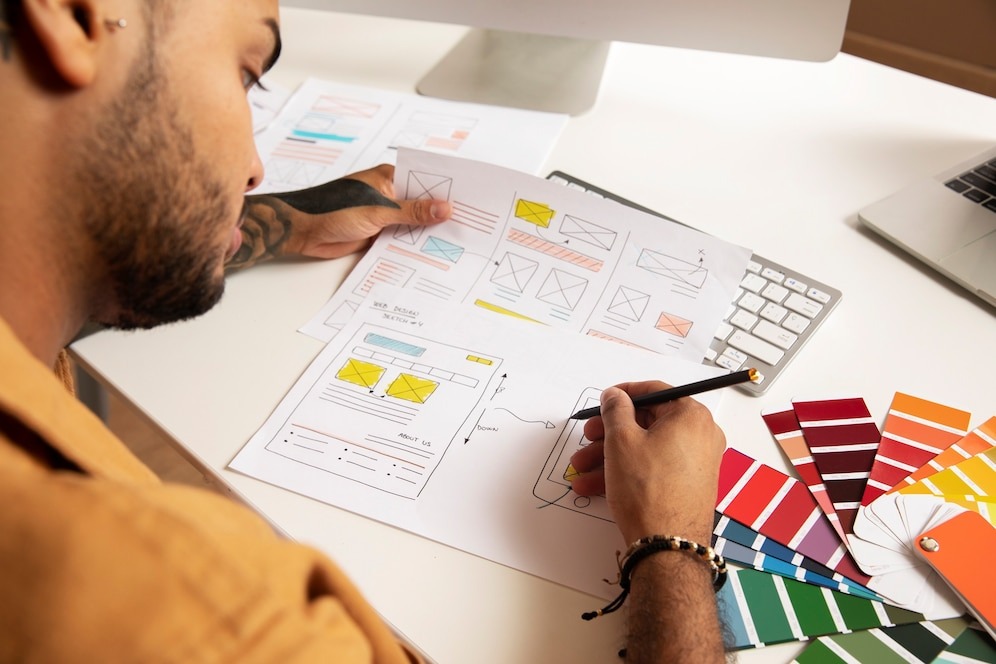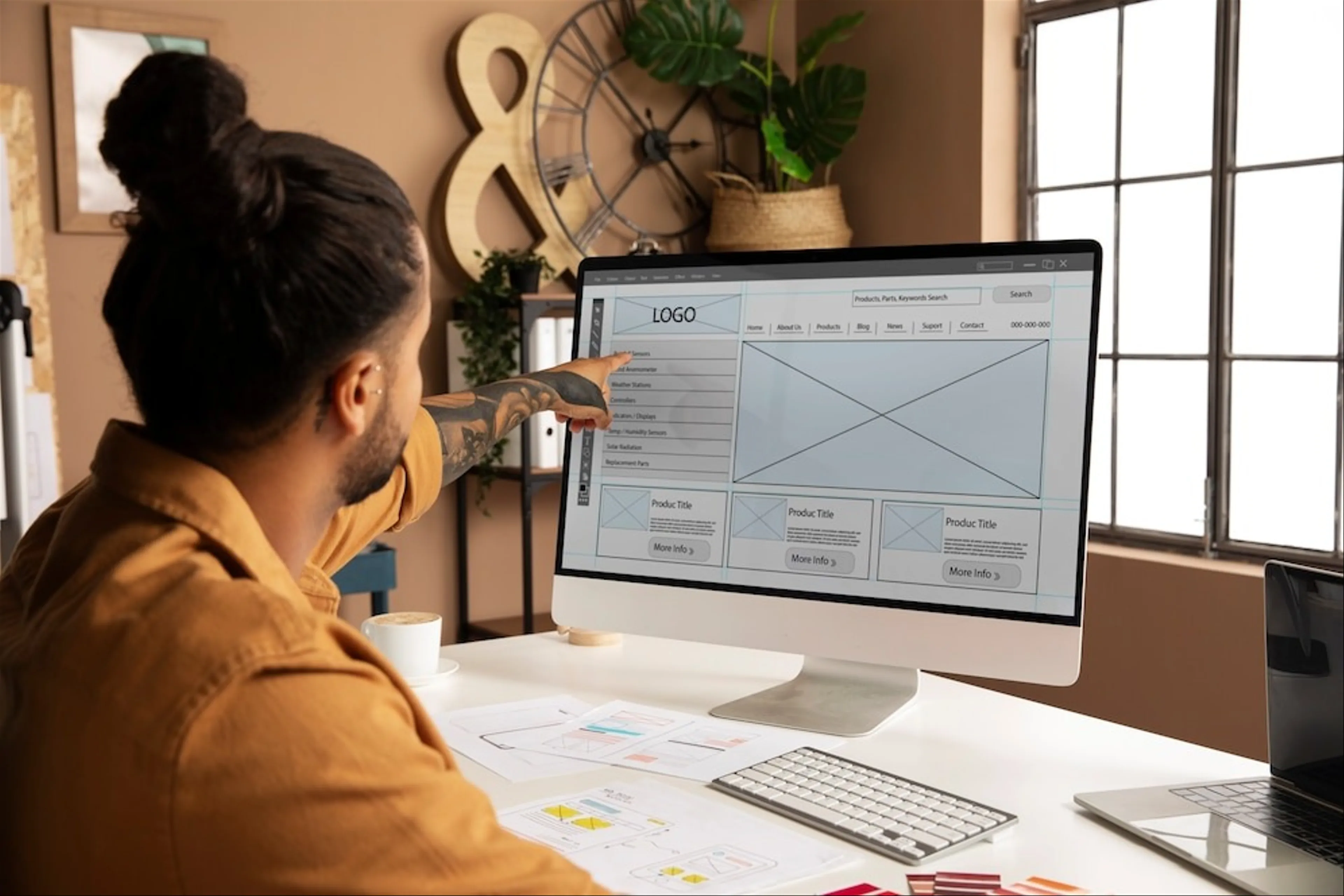Creating a website for your small business can be a daunting task, especially if you have no coding or design skills. You want a website that looks professional, attracts customers, and showcases your products or services. But how do you achieve that without spending a fortune or wasting hours of your time? The answer is simple: use a website builder. A website builder is a tool that allows you to create a website without coding.
You can use a drag-and-drop editor to customize your site’s layout, design, and content. You can also choose from hundreds of templates or themes that are designed for different industries and purposes. In this article, we will discuss how to choose the right website builder for your small business. We will look at factors such as your budget, your needs, and your level of expertise. We will also provide a step-by-step guide on how to set up a website using a website builder.

What is a Website Builder?
A website builder is a tool that allows you to create a website without coding. You can use a drag-and-drop editor to customize your site’s layout, design, and content. You can also choose from hundreds of templates or themes that are designed for different industries and purposes.
Some of the benefits of using a website builder are:
- You can save time and money by creating your own website without hiring a developer or designer.
- You can easily update and manage your website without technical skills.
- You can access various features and integrations that can help you grow your online presence and business.
Some of the drawbacks of using a website builder are:
- You may have limited control over some aspects of your site, such as the domain name, hosting, and security.
- You may have to pay a monthly or annual fee to use the website builder and its features.
- You may have to deal with ads or branding from the website builder on your site.

How to Choose the Right Website Builder for Your Small Business
Before you choose a website builder, you should consider the following factors:
- Your budget: How much can you afford to spend on creating and maintaining your website? Some website builders offer free plans or trials, but they may have limitations on storage, bandwidth, features, or support. You may also have to pay extra for a custom domain name, web hosting, or e-commerce functionality. Compare the pricing and plans of different website builders and see what they include and exclude.
- Your needs: What are the goals and objectives of your website? What features and functions do you need to achieve them? For example, if you want to sell products or services online, you will need a website builder that supports e-commerce. If you want to showcase your portfolio or blog, you will need a website builder that offers media and content management tools. If you want to generate leads or collect feedback, you will need a website builder that offers forms and analytics tools.
- Your level of expertise: How comfortable are you with creating and editing websites? Do you have any coding or design skills? Some website builders are more user-friendly and intuitive than others. Some offer more customization and flexibility than others. Choose a website builder that matches your skill level and learning curve.

How to Set Up a Website Using a Website Builder
Once you have chosen a website builder that suits your needs and budget, you can follow these steps to set up your website:
- Sign up for an account with the website builder. You may have to provide some basic information such as your name, email address, and password. You may also have to choose a plan or package that fits your requirements.
- Choose a template or theme for your website. You can browse through different categories and styles of templates or themes that are designed for various industries and purposes. You can also filter them by features, colors, layouts, or popularity. Pick one that reflects your brand identity and vision.
- Customize your website using the drag-and-drop editor. You can add, delete, move, resize, or edit elements on your site such as text, images, videos, buttons, menus, forms, etc. You can also change the fonts, colors, backgrounds, or animations of your site. You can preview your changes as you make them and undo them if needed.
- Add content to your website. You can write or upload content for your site such as headlines, paragraphs, testimonials, reviews, etc. You can also optimize your content for search engines by adding keywords, titles, descriptions, tags, etc. Make sure your content is relevant, engaging, and informative for your audience.
- Publish your website online. When you are happy with your site’s design and content, you can publish it online by clicking a button or saving it. You may have to choose a domain name for your site or connect it to an existing one. You may also have to verify your email address or phone number before publishing.
- Promote and maintain your website. After publishing your site online, you can share it with your customers, clients, partners, friends, family, etc. You can also use various marketing tools and strategies to drive traffic and conversions to your site such as social media, email marketing , SEO , etc . You should also update and monitor your site regularly to keep it fresh , secure , and functional .

Conclusion
Creating a website for your small business is easier than ever with the help of a website builder . By choosing the right one for your needs , budget , and skill level , you can create a professional , attractive , and effective site in no time . A good website builder will also provide you with support , guidance , and resources to help you grow your online presence and business .
